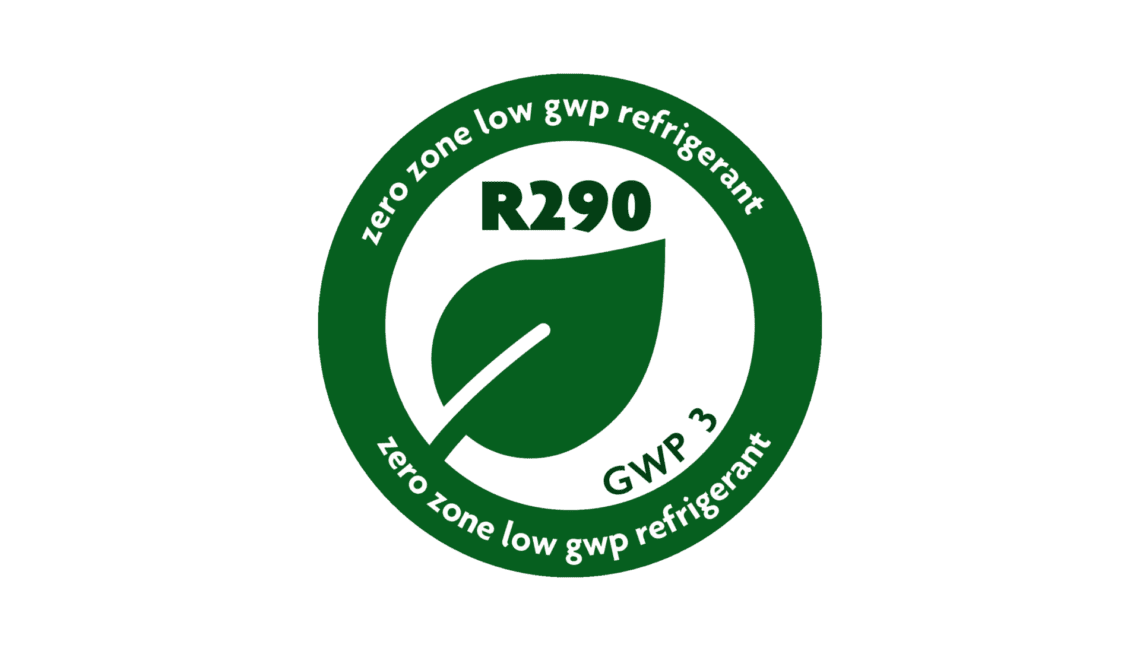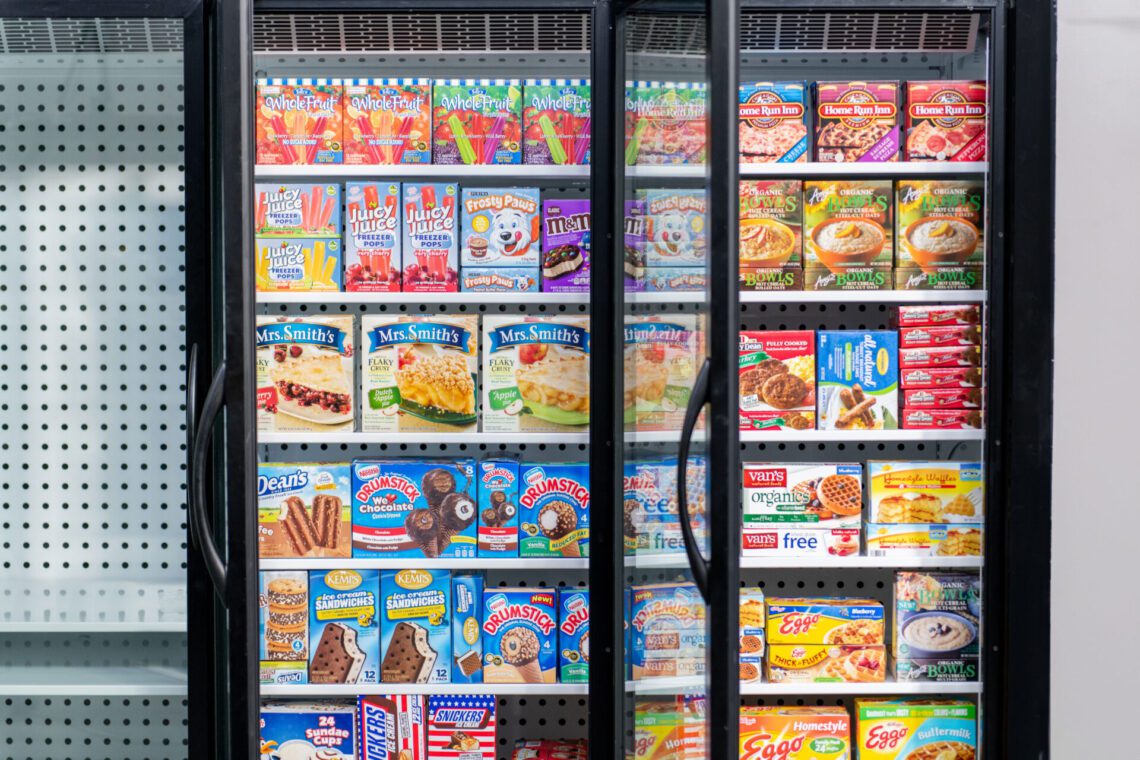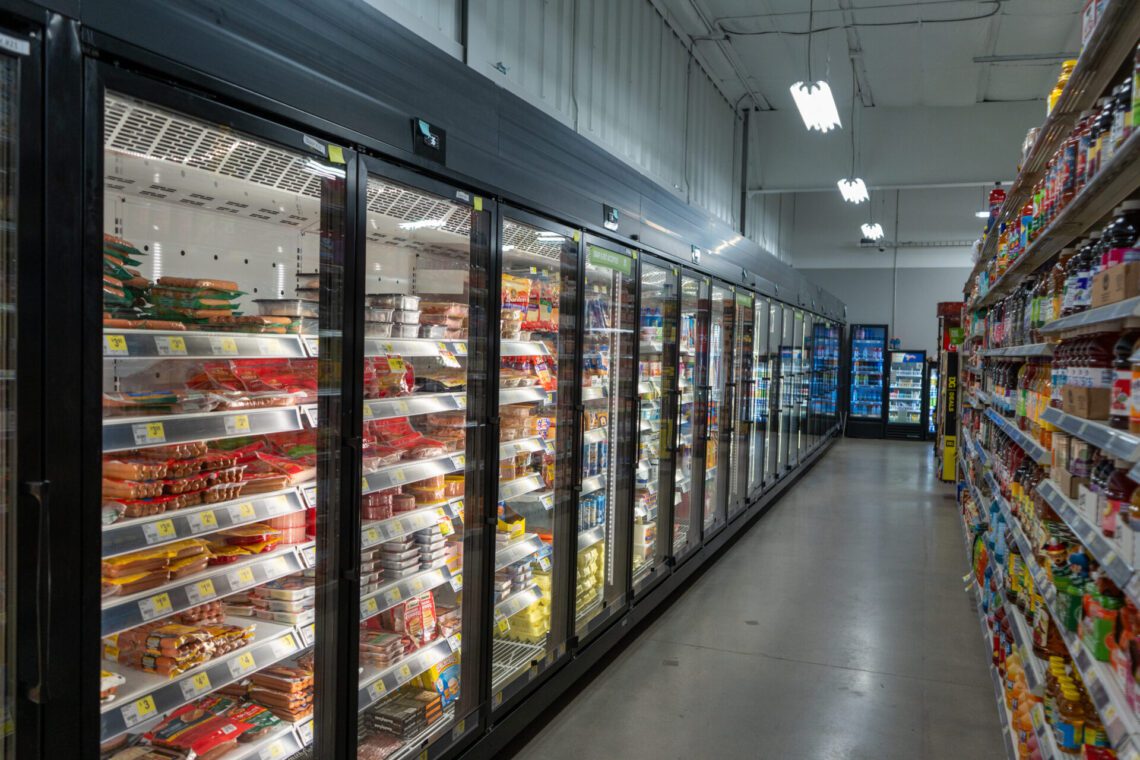What is Propane?
Propane was discovered in 1910 by chemist Walter O. Snelling, who found it could be stored as a liquid under pressure. It was commercialized in 1912 and quickly became popular for heating and cooking, especially in rural areas. Over the mid-20th century, its use expanded into agriculture, industry, and transportation. In recent decades, propane has gained renewed attention as an environmentally friendly refrigerant (R-290) due to its low Global Warming Potential and zero Ozone Depletion Potential.
Propane is a hydrocarbon refrigerant recognized for its high energy efficiency and low environmental impact. Classified as an A3 refrigerant by safety standards, R-290 is highly flammable, which necessitates careful handling and adherence to safety protocols. However, it has been safely used and handled by multiple industries (e.g. cooking, heating, transportation, etc.) for many years.
- “A” indicates low toxicity.
- “3” signifies high flammability.
Regulatory Landscape
- In the U.S., the EPA regulates refrigerants under the AIM Act, phasing down HFCs via an allowance and allocation program.
- Certain A3s are included in the list of acceptable alternatives under EPA’s SNAP program for specific applications.
- The AIM Act aims to reduce HFC consumption due to their high global warming potential (GWP). Propane has a very low GWP and zero ozone depletion potential (ODP) which makes it a great alternative.
How They Measure Up
ASHRAE Class |
GWP |
Application |
Composition |
|
R-290 |
A3 | 3 | Low & Medium Temperature Refrigeration |
Propane |
R-454C |
A2L | 148 | R404A Replacement |
78.5% R1234yf / 21.5% R32 |
R-513A |
A1 | 573 | R134A Replacement |
56% R1234yf /44% R134a |
R-515B |
A1 | 299 | R134A Replacement |
91.1% R-1234ze / 8.9% R-227ea |
R-744 |
A1 | 1 | Low & Medium Temperature Refrigeration |
Carbon Dioxide |
R-717 |
B2 | 0 | Low & Medium Temperature Refrigeration |
Ammonia |

R290 Refrigerant
WHAT IS PROPANE IDEAL FOR?

It’s commonly used in self-contained units found in:
- Discount Stores – for refrigerated display cases of all applications
- Convenience Stores – for short display case lineups ideal for light shopping
- Drug Stores – in compact merchandisers for grab and go food and drink
These units benefit from R-290’s energy efficiency and compact design.
However, larger systems are limited in using R-290 due to flammability concerns. The UL 60335-2-89 standard restricts the refrigerant charge size, typically to 150–500 grams, depending on the system type and safety features.
THE BENEFITS

R-290 (propane) is rapidly becoming a preferred refrigerant in the commercial refrigeration industry due to its combination of environmental and performance benefits:
- Low Global Warming Potential (GWP):
R-290 has a GWP of just 3, which is dramatically lower than traditional hydrofluorocarbon (HFC) refrigerants like R-134a or R-404A, whose GWPs range from 1,300 to over 3,900. This makes R-290 a strong candidate for businesses looking to meet stricter climate regulations and sustainability goals. - High Energy Efficiency:
Systems using R-290 often operate more efficiently than those using synthetic refrigerants. This means lower energy consumption, reduced utility costs, and improved system performance—especially in high-ambient temperature environments. - Eco-Friendly Profile:
R-290 is a naturally occurring hydrocarbon with zero Ozone Depletion Potential (ODP). It contains no chlorine or fluorine, which means it doesn’t contribute to ozone layer damage or long-term atmospheric pollution.
These advantages make R-290 an ideal solution for businesses aiming to reduce their carbon footprint, lower operating costs, and stay ahead of evolving environmental regulations such as the AIM ACT and regional HFC phase-down initiatives.
Thermodynamic Properties
- Operating pressures of propane are similar to those of existing HFCs, enabling relatively straightforward system design modifications.
- Propane offers excellent energy efficiency, often matching or exceeding that of high-GWP HFCs in many applications.
- Due to its classification as a Class 3 (highly flammable) refrigerant, propane systems are subject to stricter charge limits, which may restrict use in larger systems unless special safety measures are implemented.
- Charge Limits for R-290 (UL 60335-2-89)
- Open display cases: Maximum of 500 grams per condensing unit
- Doored display cases: Maximum of 300 grams per condensing unit
- Charge Limits for R-290 (UL 60335-2-89)
Application and Use Cases
- Propane is used in commercial refrigeration (e.g., display cases, bottle coolers), residential heat pumps, and small-scale air-conditioning systems.
- Transitioning from HFCs to propane requires redesigning systems to comply with charge limits and safety standards, as well as technician training and certification.
- R-290 is not a drop-in replacement and should not be charged into existing systems designed for other refrigerants. It requires systems specifically engineered for its properties and safety requirements.
Design and Maintenance Considerations
- Due to its flammability (Class 3), equipment design must prioritize leak prevention, proper ventilation, ignition source control, and integrated safety features like leak detection and automatic shut-off.
- Technicians must be trained in Propane-specific handling procedures.
- Ongoing system monitoring is essential due to the flammability.
Propane Refrigerants: What You Need to Know
R-290, also known as propane, is a hydrocarbon refrigerant classified as an A3 refrigerant due to its high flammability.
R-290 is used because it is highly efficient, environmentally friendly, and has a low Global Warming Potential (GWP). It is an excellent alternative to traditional refrigerants that have higher GWP.
No, the charge limits of R-290 set by Underwriters Laboratory (UL) in UL 60335-2-89 prevent its use in large refrigeration systems.
R-290 is available for use in self-contained commercial refrigerated display cases. Larger systems cannot use R-290 due to the limits set in the UL 60335-2-89.
The charge limits set by the Underwriters Laboratory (UL) in UL 60335-2-89 are 500 grams maximum charge in open display cases and 300 grams maximum charge for doored display cases.
Environmental benefits: R-290 has a very low Global Warming Potential (GWP), meaning it contributes less to global warming compared to synthetic refrigerants.
Energy efficiency: Systems using R-290 often operate more efficiently than those with HFC refrigerants and consume less energy.
Yes, the primary safety concern with R-290 is its flammability. Proper handling, storage, and use are essential to avoid any fire hazards. It’s crucial to follow safety standards and regulations when working with R-290. However, it has been safely used and handled by multiple industries (e.g. cooking, heating, transportation, etc.) for many years.
Yes, technicians working with R-290 should receive training on proper handling techniques and safety procedures to ensure safe usage and maintenance.
The use of R-290 is governed by various regulations and standards, including those from the Environmental Protection Agency (EPA), Occupational Safety and Health Administration (OSHA), and industry-specific standards.
R-290 is not a drop-in replacement for existing refrigerants and cannot be used in existing systems.
As regulations become more stringent and the demand for environmentally friendly refrigerants grows, R-290 is expected to play a significant role in the future of refrigeration technologies.

